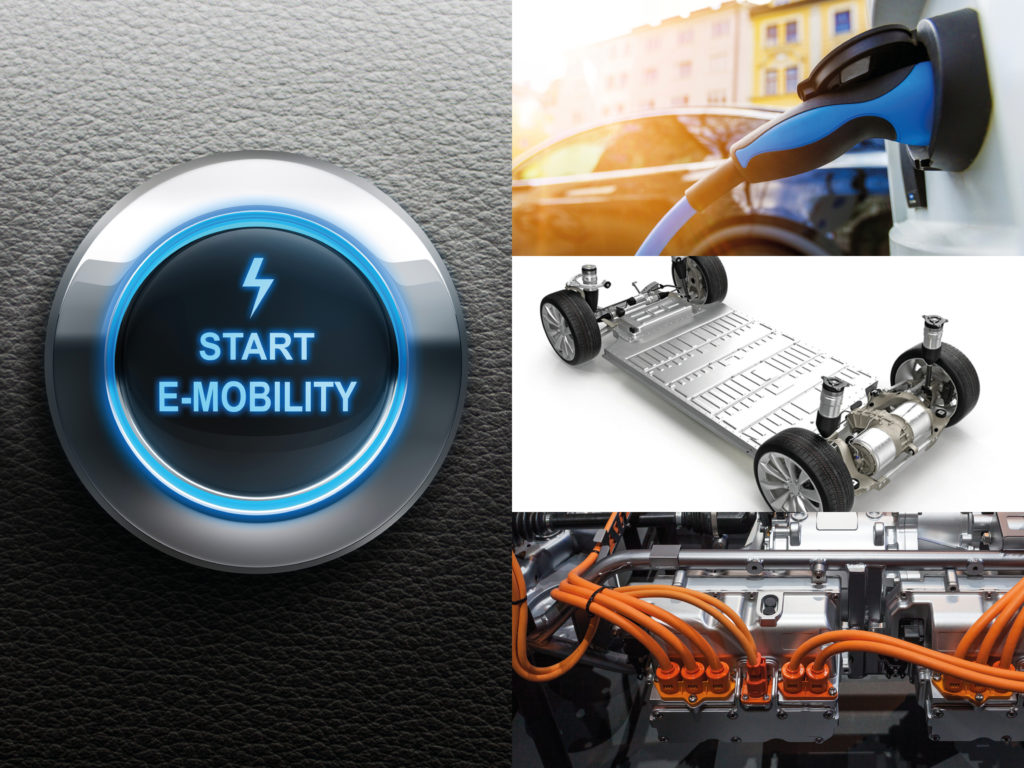With its broad range of TPEs and specific focus on the trends and challenges of electromobility, the Kraiburg TPE is in a good position to support OEMs and system suppliers in advancing decisive innovations in this fast-growing market segment.
For many years, TPEs have been used more and more frequently for exterior and interior applications, as well as applications for engine compartments and power trains of motor vehicles. Although the requirements in the specific field of e-mobility are different in some respects, they are an advantage for the extremely adaptable property profile of TPEs.
According to Michael Pollmann, Director Sales & Marketing EMEA of the Bavarian TPE compounder, important trends include durable design of vehicle interiors for new utilization concepts such as car sharing, as well as more effective reduction of driving noise due to quieter electric drives, and good adhesion to technical plastics, such as polyamides, for two-component injection moulding.
“In addition, there is a strong trend towards lightweight design to reduce the energy consumption of electric vehicles,” Pollmann says. “Other requirements include enhanced thermal conductivity and flame retardancy. We are striving to coordinate the specifications for each application with OEMs and tier 1 customers as early as possible. In the process, we are using our specific experience from other application areas such as electrical engineering and electronics to accelerate the development, release and launch of applications.”

Typical examples can be found in the whole range of e-mobility solutions, from two-wheelers through to commercial and off-road vehicles. Electric drives, as well as autonomous and connected vehicles, also mean the integration of more and more electronic and sensor systems into vehicles.
The systems’ security requires materials solutions that provide reliable heat dissipation, secure tightness and shock absorption. Special TPEs with a very low compression set therefore provide the perfect properties for durable housing seals made of a cost-efficient two component composite with other materials, including polar thermoplastics. Integrated two-component applications with TPE can also have a significant additional noise-reducing effect. This is particularly important, as creaking and squeaking noises caused by individual components rubbing against each other are a much greater nuisance due to the quieter drive of electric vehicles.
The company said that in addition Thermolast compounds are characterised by very good flowability and are thus suitable for thin-walled soft-touch surfaces, while precisely producing an image of even the most complex tool contours. The company says that it has the most advanced development and laboratory capacities for material development and customer support, enabling the company to exactly adjust the desired property profile in terms of texture, adhesion, colour, wear and scratch resistance, flame retardancy, low VOC and odour emission, etc. to each application. And in addition, all materials are produced in accordance with the same quality standards worldwide.
“That’s why we not only have the necessary expertise in custom engineered TPEs for e-mobility applications but are also capable of effectively supporting the projects of global OEMs and suppliers from Germany to China in this booming market segment,” emphasizes Pollmann.
